Spain

Visit Spain
Spain is located in the south-western part of Europe, in the Iberian Peninsula which is shared with the neighboring Portugal. Apart from Portugal, Spain has borders with Franceand Andorra to the north and in the south it is separated from Africa by the Strait of Gibraltarwhich is less than 15km (10 miles) wide. Spain also has a number of important islands, including the Balearic Islandslying to the east of the peninsula, and the Canary Islands, which are located more than 1,000 km. south of the Peninsula, just off the coast of Africa. Apart from this, Spain also has two cities (Ceuta and Melill), located in the north of Africa which also form part of the nation and is one of the last relicts of a former colonial history.
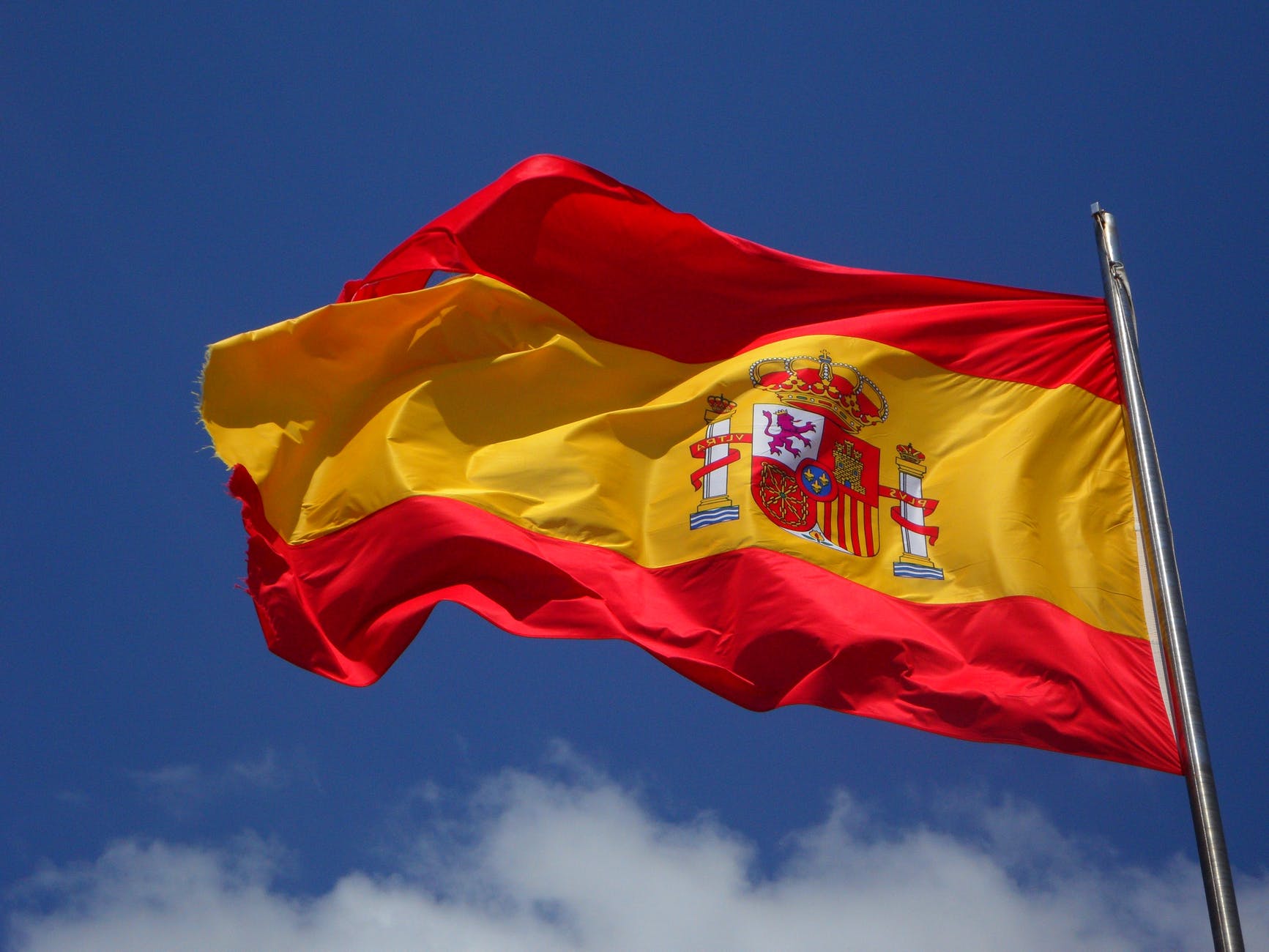
GEOGRAPHY
Spain is located in the south-western part of Europe, in the Iberian Peninsula which is shared with the neighboring Portugal. Apart from Portugal, Spain has borders with Franceand Andorra to the north and in the south it is separated from Africa by the Strait of Gibraltarwhich is less than 15km (10 miles) wide. Spain also has a number of important islands, including the Balearic Islandslying to the east of the peninsula, and the Canary Islands, which are located more than 1,000 km. south of the Peninsula, just off the coast of Africa. Apart from this, Spain also has two cities (Ceuta and Melill), located in the north of Africa which also form part of the nation and is one of the last relicts of a former colonial history.


Basic facts:
- Size: 506,000MM square meters (Spain is the second largest country in Europe after France).
- Population size: 42 million.
- Density: 80 inhabitants per square meter.
- Mean Altitude: 600 m.
- Highest Point: Pico de Teide (Tenerife), 3,719 m.
- Tourism: Over 45 million tourists visit Spain each year (Spain is the second most visited country in the world).
- Political Structure: Parliamentary monarchy (since 1978).
- Regions: Spain is made up of 17 autonomous regions.
- Time zone: +1 GMT.
- Currency: Euros ( before 2002, pesetas).
- Language: Spanish (Catalan, Valencian, Gallego, Euskera are independent languages spoken in Catalonia, Valencia, Galicia and The Basque Country).
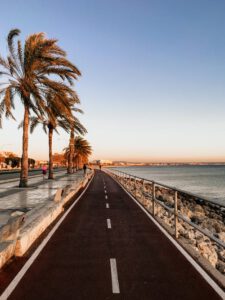
Destinations
Definitely, we could enumerate all the possible destinations of Spain, however long it might be. Hundreds of charming villages, towns and cities, full of overwhelming sights and monuments. But that would mean that we should start to publish a book about it – and our job is to sell you well organised Spain trips, not books. To name a few, and the most important ones: Barcelona Madrid Seville Granada Valencia Córdoba Santiago de Compostela Toledo San Sebastián Úbeda, Baeza Ronda Segovia León Burgos Palma de Mallorca Ibiza, Doñana nature reserve Mérida Santillana del Mar Altamira Caves Prado museum Alhambra Palace in Granada Sagrada Familia in Barcelona Teide National Park The list coult be continued endlessly, but our best proposal is: Contact Occidens Tours, we will find out the best destination for your needs!

Tapas
The best way to fall in love with a country is definitely by tasting its cuisine. And in Spain the so called tapas will certainly do well their job: a semi-ritual snack of tapas and pinchos, you can order in every bar, accompanied by the finest wines, are part of the local culture and will make you find some friends while snacking. That´s what they call «tapear»…. Tapas are miniature culinary snacks, served on a slice of fresh white bread and decored with fish, meat, fried vegetables, seafood, cheese, etc. The invention of the tapa is due to pure necessity in the Middle Ages, where many bartenders in Spain were obligued not to serve only wine to its customers and soldiers, but to accompany the glass with a tapa, simply to avoid excessive alcohol consumption To sum it up, tapas in Spain are not merely a way to eat or a kind of sampling menu.They belong to a certain lifestyle, and a way to share and enjoy friendship and neighbourliness.

Football
In Spain, football («fútbol») – known in the US as soccer – is the most popular sport. The Spanish national football team won the FIFA World Cup in 2010 and also has been successful in the UEFA European championship and multiple Olympic tournaments. The Spanish word for football is futbol. Every year in Spain the Liga BBVA tournament is held, commonly known as the ‘League of Stars’. The football matches in this tournament are followed worldwide by a vast audience. When it comes to visiting Spain, a visit of a typical partido of futbol should not be missed, as it forms an essential part of Spanish culture. It´s definitely a special experience to attend a typical match in the Santiago Bernabéu or in the Camp Nou stadium of Barcelona and thrill to the amazing atmosphere, the excitement of the game, and the passion of the fans. Occidens Tours reserves seats (VIP & regular) and informs you about everything related to this exiting sport in the Spanish League. Ask for special conditions to visit matches of FC Barcelona!
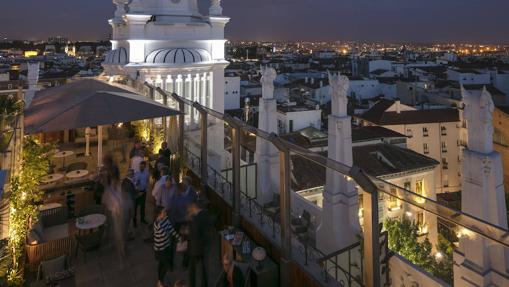
Fiestas
Certainly, one of the most famous and traditional ones, is the San Fermín fiesta in Pamplona, with its fabulous bull-running stampede through the center of the city. In contrast to that, the Tomatina in Buñol (Valencia), – a tomato battle – is of a more recent origin and attracts especially the younger visitors of Spain. To name some others like the Fallas of Valencia, a festival of fireworks, bonfires and passion. Or the Moros and Cristianos procession (Moors and Christians )of Alcoy (Alicante) that remembers the historic events of the reconquering of medieval Spain from Muslim dominance. Or the Feria de Abril in Seville. Semana Santa processions in springtime in Cordoba, in the heart of Andalusia. Or even the brasilianlike Carnaval de Santa Cruz de Tenerife, in the Canary Islands… Wherever you go to Spain, no matter what season, you will always find a fiesta to join. And if we have intrigued you, just contact us. We will plan your next fiesta trip through Spain….
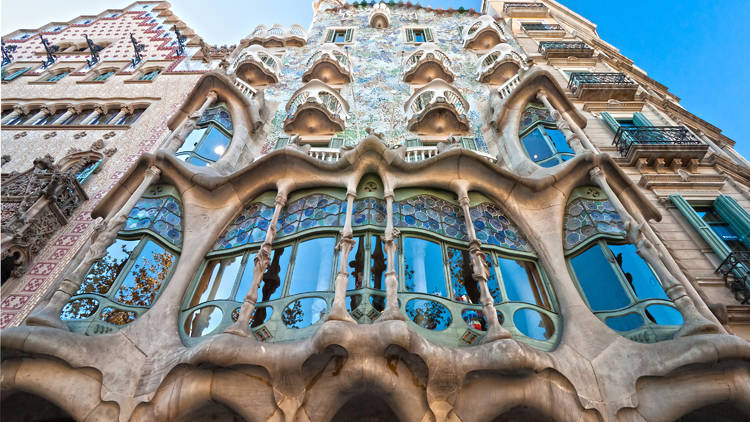
Gaudí Barcelona: the architect’s greatest hits
Don’t know where to start with the modernista king? These are the most pioneering buildings by Antoni Gaudí in Barcelona - You’re likely familiar with Gaudí's masterwork in Barcelona, La Sagrada Família, or his less ambitious (but equally striking) La Pedrera. But the modernista king’s one-of-a-kind style can be admired in many other architectural wonders scattered throughout the city. No matter if you’re taking in Casa Batlló or wandering the paths of Park Güell, you can detect the influence of Gaudí's three greatest passions – architecture, nature and religion. But it’s in the details where the architect truly shines. Each of his characteristic mediums – wood, wrought iron, ceramics and stained glass – are seamlessly intertwined to tell a story of life, death and the faith in between.
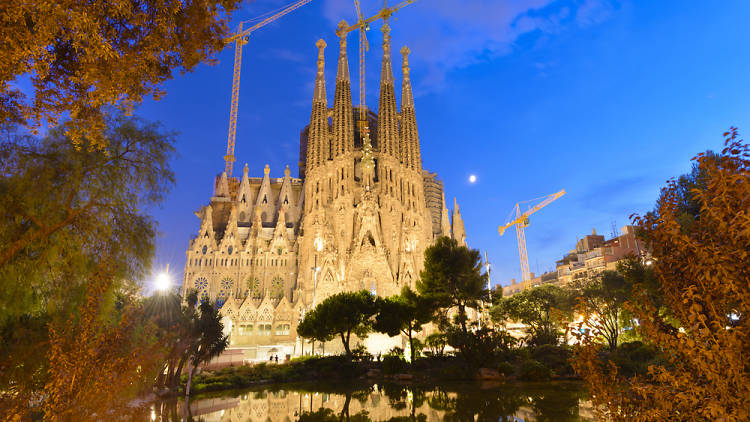
Sagrada Família
Soaring above Barcelona's cityscape, the Sagrada Família will be the world's tallest church upon completion. This 130-year labour of love, dreamt up by Antoni Gaudí, is one of the world's most controversial basilicas, but also one of the most visited: some five million tourists descend upon it each year to gawk at the architectural achievement that has brought nature, light and religion together into one stunning ensemble piece. The interior is like a giant jigsaw puzzle, with each new architect's style blending into the rest of Gaudí's vision. Note how the light dances through space, while the bright colours emote a sense of peaceful celebration. Though it may be just that innovative vision and design that has the slated completion year of 2026 looking like another unattainable feat, the Sagrada Família, with its modernista style and conventional gothic themes, is a masterpiece because of its impossibilities.
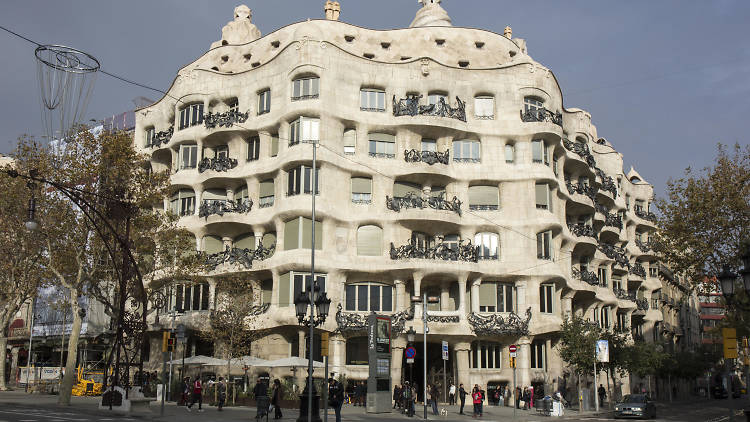
La Pedrera
It's been described as looking like rising dough, molten lava or a stone lung. Casa Milà (popularly known as La Pedrera, ‘the stone quarry’) is a daring example of Gaudí’s use of stone to create natural features. When La Pedrera was first commissioned in 1906, the building was a laughing stock for its undulating façade, wrought-iron balconies and vast windows. But Gaudí’s innovative, self-supporting stone exterior has marked the house among today’s most stupendous architectural feats and won it a spot on UNESCO’s World Heritage Site list.
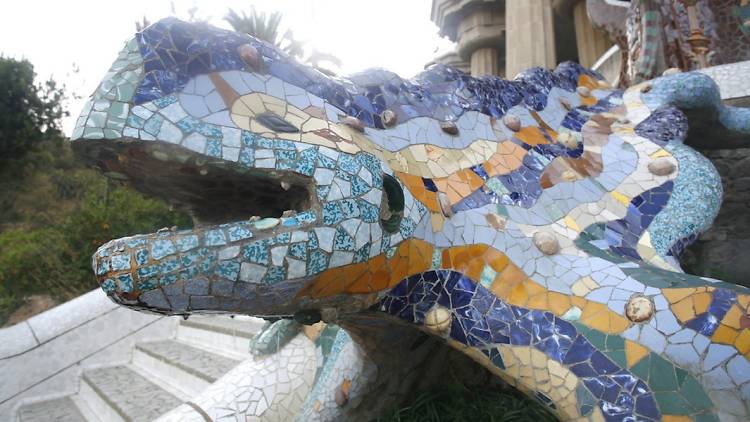
Park Güell
It's been described as looking like rising dough, molten lava or a stone lung. Casa Milà (popularly known as La Pedrera, ‘the stone quarry’) is a daring example of Gaudí’s use of stone to create natural features. When La Pedrera was first commissioned in 1906, the building was a laughing stock for its undulating façade, wrought-iron balconies and vast windows. But Gaudí’s innovative, self-supporting stone exterior has marked the house among today’s most stupendous architectural feats and won it a spot on UNESCO’s World Heritage Site list.
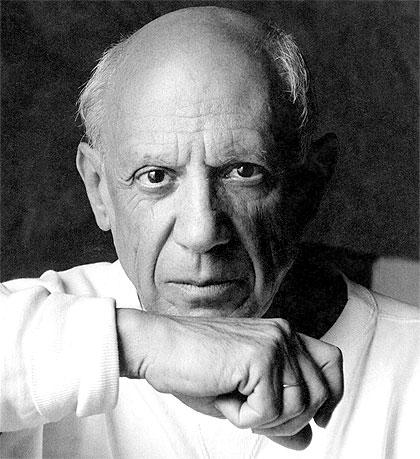
Museu Picasso
The Picasso museum Barcelona is a key reference for understanding the formative years of Pablo Picasso. The genius of the young artist is revealed through the 4,251 works that make up the permanent collection. Furthermore, the Picasso museum, opened in 1963, also reveals his deep relationship with Barcelona: an intimate, solid relationship that was shaped in his adolescence and youth, and continued until his death. The Picasso museum is very rich in regard to work from the formative years in the life of the artist; it is practically exhaustive up to the Blue Period. The Museum also houses an important representation of works from 1917, and the series Las Meninas (1957) as well as a comprehensive print collection.